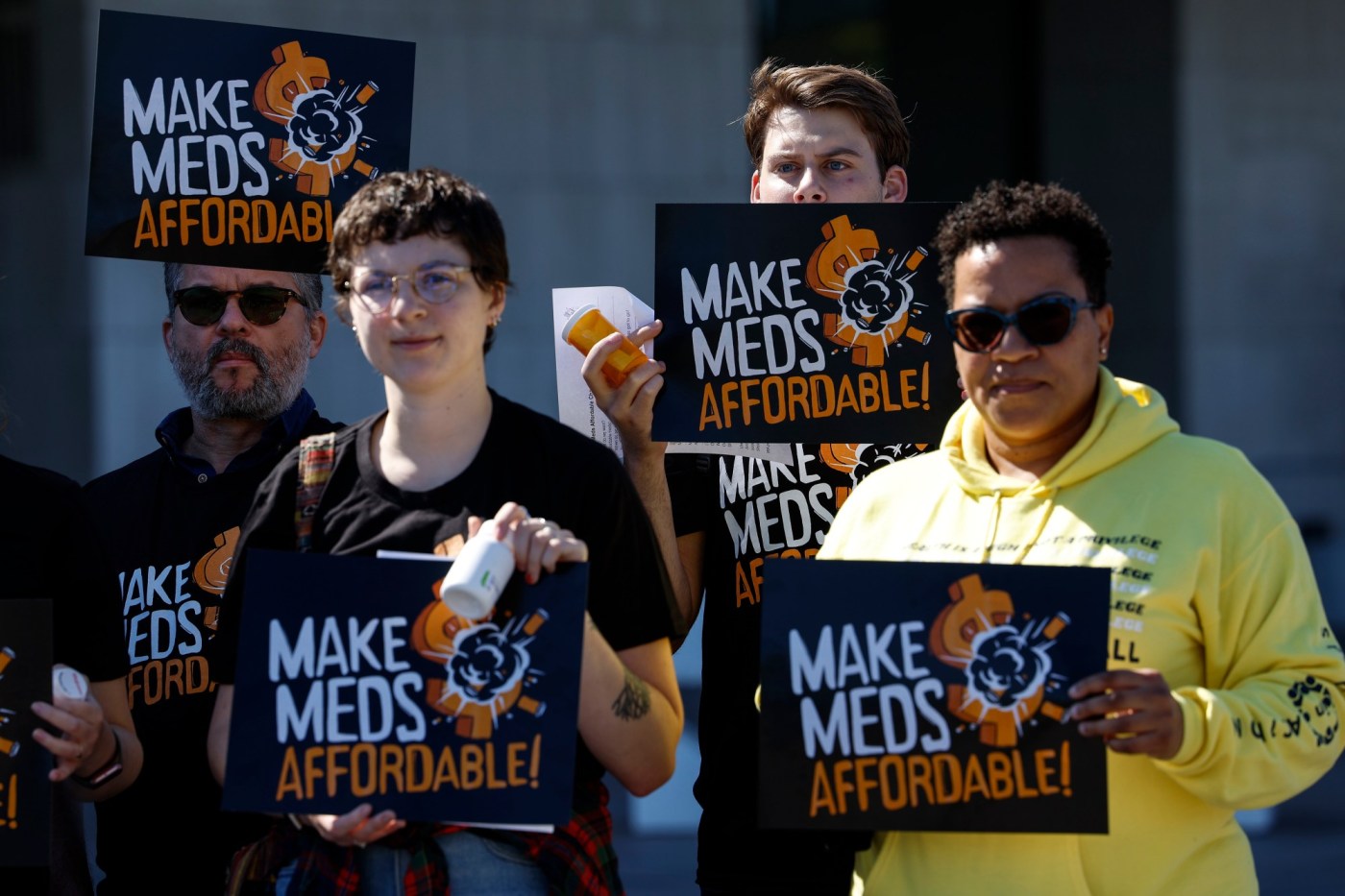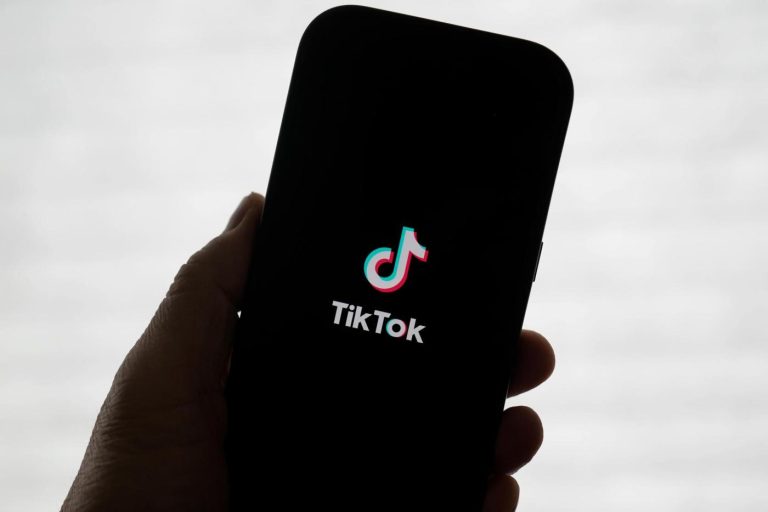Anna Claire Vollers | (TNS) Stateline.org
Spurred by fed-up consumers, states are trying to curb spiraling prescription drug costs by assembling special public boards to investigate and regulate pricing.
The idea is similar to a local utility board: a public group that sets rules or makes recommendations to ensure that what they’re regulating — in this case, prescription medications — is affordable.
Some state laws have authorized these watchdogs to regulate drug prices for certain groups of people, such as state employees or those with Medicaid plans. Legislatures in a few states — Colorado, Minnesota and Washington — granted boards broader power to oversee drug prices for everyone in the state.
Over the past five years, 11 mostly Democratic-led states have created prescription drug affordability boards, and the model is picking up steam nationwide. Just this year, lawmakers in 14 more states proposed legislation to assemble their own boards.
The boards’ duties vary from state to state, but they’re usually tasked with identifying medicines that could be considered unaffordable for most patients, finding ways that state health plans or Medicaid programs can reduce drug spending, and, in some cases, capping the amount of money that insurers have to pay for prescription drugs.
“Drug pricing is an extremely complex system, and you need experts in the space that understand how everything works,” said Andrew York, executive director of Maryland’s Prescription Drug Affordability Board. “Every state is proposing different laws and regulations to make prescription drugs more affordable and sometimes they pull in different directions.”
But consumers have yet to see significant savings. Most boards have had a slow rollout as they hammer out administrative and funding issues that come with creating a new state entity.
The boards that have made the most progress, such as the one in Colorado, are facing pushback from patient advocacy groups concerned regulations could hurt access to some medications, and from drug manufacturers, pharmacy benefit managers and others in the prescription drug supply chain whose profits stand to take a hit.
“We’re not anti-business,” said Anthony Lourey, a former commissioner of the Minnesota Department of Human Services who now chairs Minnesota’s Prescription Drug Affordability Board. “We want [these businesses] to be successful, but this marketplace is not transparent enough for people to feel like they’re getting a fair shake. Free market forces really only work when there is equal information on both sides of the equation. When there’s so much that is not transparent, it takes a public actor to bring about transparency.”
About 6 in 10 American adults take at least one prescription medication, according to polling last year from nonprofit research organization KFF. And most adults, regardless of political affiliation, told KFF the government hasn’t done enough to limit the price of prescription drugs.
Maryland’s board has held public meetings across the state as it reviews medications it’s identified as being potentially unaffordable. York said members have heard from struggling patients at every stop.
“They’re choosing whether they can pay their rent or afford their prescriptions.”
Sky-high costs
Prescription drugs in the United States, on average, cost more than twice as much as they do in similar high-income countries. Of the thousands of drugs that increased in price in the U.S. from 2022-2023, the average increase was 15.2%, far higher than the rate of inflation, according to the U.S. Department of Health and Human Services.
Out-of-pocket costs vary, depending on the particular drug and a person’s insurance. While nearly two-thirds of people surveyed by KFF in 2023 said affording prescription drugs is at least somewhat easy, 3 in 10 reported not taking their medicine as prescribed due to costs. That share rose to 4 in 10 for certain groups, including young adults, Hispanic adults and people with low incomes.
Nine of the states that currently have boards are Democratic-controlled: Colorado, Maine, Massachusetts, Maryland, Minnesota, New Jersey, New York, Oregon and Washington. The other two — New Hampshire and Ohio — are Republican-controlled.
This year, Democratic-sponsored state legislation on prescription drug affordability boards popped up in red states such as Iowa and South Carolina, blue states including Connecticut and Rhode Island, and swing states Arizona and Michigan.
In Virginia, Republican Gov. Glenn Youngkin vetoed legislation that passed both the state Senate and House — sponsored by Democrats, although the Senate version had a Republican co-sponsor— that would have established a prescription drug affordability board. In his veto message, Younkin said the idea wasn’t proven to lower prices and could limit patients’ access to treatment.
How it’s done
State prescription drug affordability boards all share a similar mission — reduce the cost of prescription drugs for consumers — but their degree of power and the methods they use vary from state to state.
Some are independent, while others operate as departments within larger state agencies.
Minnesota’s board, created under a law enacted last year, has what are likely the broadest powers of any state board created so far. It’s one of just four boards that can cap prescription drug prices, and one of only three that can influence drug pricing for all consumers, not just those on state health plans. The nine-member commission is in the process of hiring an executive director before it begins reviewing prescription drug costs.
Maryland was the first state to create a prescription drug affordability board, in 2019. Democratic state legislators pushed for the law, which created a five-member commission appointed by the governor and other state leaders. The board has had a slow start due to funding setbacks and the administrative work it took to get a new agency up and running.
But now, after several months spent researching more than 1,200 drugs, the board has narrowed its focus to six drugs that it’s currently putting through a cost review.
“It’s a chance for the board to do a deep dive on specific drugs and get the data they need to understand if [the drugs] are causing affordability problems,” York said.
Four are diabetes drugs: Ozempic, Trulicity, Farxiga and Jardiance. The other two are Dupixent, used to treat asthma, and Skyrizi, which treats psoriasis, psoriatic arthritis and Crohn’s disease.
These are drugs that AARP Maryland has said are “widely used, very expensive, and pose extreme hardship for state residents who cannot afford them.”
The average cost to commercial insurers per patient for the asthma medication Dupixent, for example, is nearly $32,000 per year. The board found that Dupixent’s average out-of-pocket cost for a person with commercial insurance in 2022 was nearly $2,500.
If the board decides a drug is unaffordable, one of its options is to cap how much Maryland’s Medicaid and state employee health plans would pay for the drug. That recommendation would have to be approved by legislators.
Earlier this year, a group of Maryland lawmakers introduced a bill to expand the board’s authority to cap or reduce prices for all Marylanders, not just those on the state health plan. It died in a Senate committee, amid pushback from the pharmaceutical industry.
In the meantime, there’s work the board can do to help more patients afford their medications that doesn’t involve cost caps, York said.
“What we find in a lot of situations is that there are resources already available to a patient to help them afford their drug, but it’s all super-complicated,” said York. “It’s a lot to ask of patients who don’t live and breathe drug pricing programs.”
The board has established an initiative to help people find potential discounts and rebates that might be available, and is working on an insulin affordability program that partners with manufacturers to help patients access lower-priced insulin.
Pushback and a lawsuit
In February, Colorado’s board became the first in the nation to officially declare a drug unaffordable. The board voted unanimously to kick-start a process to set an upper payment limit for Enbrel, a popular drug used to treat rheumatoid arthritis and other conditions.
Enbrel costs insurers nearly $47,000 per patient per year, according to the Colorado All Payer Claims Database. Most patients and caregivers surveyed by the Colorado affordability board said Enbrel’s cost made it difficult to access the drug, and some reported they still had trouble affording it even with financial assistance. Pharmaceutical manufacturer Amgen reported $3.65 billion in U.S. sales of Enbrel last year.
A month after the decision, Amgen sued Colorado, arguing the board’s actions were unconstitutional and asking the court to strike down major parts of the law that created the board.
Meanwhile, Colorado’s board has continued reviewing drugs. Last month, it declared arthritis medications Stelara and Cosentyx unaffordable.
Back in Minnesota, the Pharmaceutical Research and Manufacturers of America, the nation’s largest trade group lobbying on behalf of pharmaceutical companies, spent nearly $1.3 million lobbying state lawmakers last year as they were debating that state’s bill to create a prescription drug affordability board. The trade group says government price setting threatens the development of new medicines and that existing boards have yet to deliver savings to consumers.
“There will be pushback and there probably will be a court challenge, and that’s OK,” said Lourey, of Minnesota’s affordability board. “States are the laboratories of invention. When you’re inventing, it’s not going to be uniformly agreed what the boundaries are. So we’ll learn from the other states. We’re watching, reading, paying attention, taking note.”
He and York both said their boards are hoping to keep lines of communication open with varying stakeholders, including pharmacy benefit managers and drug manufacturers.
“In our minds, there is no bad guy in this space,” York said. “Everyone in the supply chain is reacting to exactly the incentives that our payment system provides.”
Stateline is part of States Newsroom, a national nonprofit news organization focused on state policy.
©2024 States Newsroom. Visit at stateline.org. Distributed by Tribune Content Agency, LLC.












